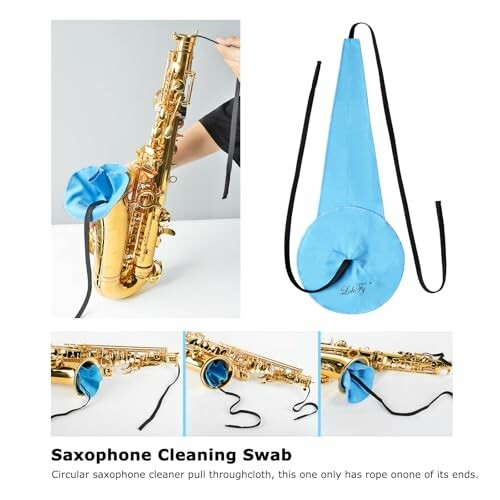
Choosing the Right Reeds for Your Saxophone Style
- Reeds significantly affect your saxophone's sound and playability.
- Different genres require specific types of reeds for optimal performance.
- Understanding reed strength is essential to find the right fit for your playing style.
- Additional factors like cane quality and profile play a role in sound clarity.
Choosing the right reeds for your saxophone can influence everything from your tone to your overall playing experience. With numerous brands and types on the market, it can be overwhelming, especially for beginners. In this guide, we’ll break down how to select reeds based on your playing style, preferences, and level of expertise.
Understanding Reed Types
Reeds are made from cane and come in various shapes, strengths, and cuts. Here are the principal types:
- Filed Reeds: These reeds have a thinner profile, providing easier response and increased clarity, ideal for jazz and classical music.
- Unfiled Reeds: These reeds typically have a thicker profile, offering a richer sound and are better suited for marching bands or louder settings.
Choosing Based on Playing Style
Your musical genre significantly influences reed selection. Below is a table showcasing different playing styles and recommended reed types:
| Playing Style | Recommended Reed Type | Features |
|---|---|---|
| Jazz | Filed Reed | Ease of response, clarity, and projection. |
| Classical | Filed Reed | More control and warmth in tone. |
| Marching Band | Unfiled Reed | Louder projection, durability. |
| Casual Playing | Unfiled or Filed Reed | Depends on personal preference. |
Reed Strength and Its Importance
Reeds come in various strengths, generally ranging from 1 to 5 (with half strengths available). Here’s a breakdown:
- Beginner (Strength 1-2): Softer reeds allow easier blowing and control.
- Intermediate (Strength 2.5-3): A balance of ease and control, suitable for most players.
- Advanced (Strength 3.5-4): Offers more resistance for professional-grade performance.
Recommended Products
D'Addario Woodwinds - Royal Tenor Saxophone Reeds
These reeds feature a strong spine and are perfect for classical or jazz styles, providing an ease of response and clarity in sound.
Learn MoreQuality of Cane and Construction
The material and construction of reeds are critical to their performance. Most professional reeds are made from high-quality cane to ensure consistent playability.
- Premium cane: Used in brands like D'Addario, ensuring a consistent sound.
- Reed profiles: Thinner profiles (filed reeds) tend to respond quicker, while thicker (unfiled) offer depth of tone.
Maintenance of Reeds
Proper care for your reeds will maximize their lifespan and performance:
- Always store in a reed case to prevent damage.
- Allow reeds to dry properly after play to avoid mold.
- Avoid excessive moisture by ensuring the mouthpiece is cleaned regularly.
- Rotate reeds to ensure even wear.
Cleaning Your Saxophone
Maintaining your saxophone is just as crucial as choosing the right reeds. A well-cleaned instrument can enhance your sound quality. Consider using a quality cleaning kit, such as the:
Alto/Tenor/Soprano Saxophone Cleaning Swab Kit
This comprehensive cleaning kit includes all you need to keep your woodwind instruments in prime condition.
Learn MoreFinal Thoughts
Choosing the right reeds is essential for enhancing your saxophone playing experience. By considering your musical style, reed strength, material quality, and effective maintenance, you can make an informed decision. Whether you're a beginner or experienced player, the right reeds will surely enhance your performance and enjoyment of the instrument.
Further Reading
For more information on saxophone maintenance and other tips, check out these resources:

